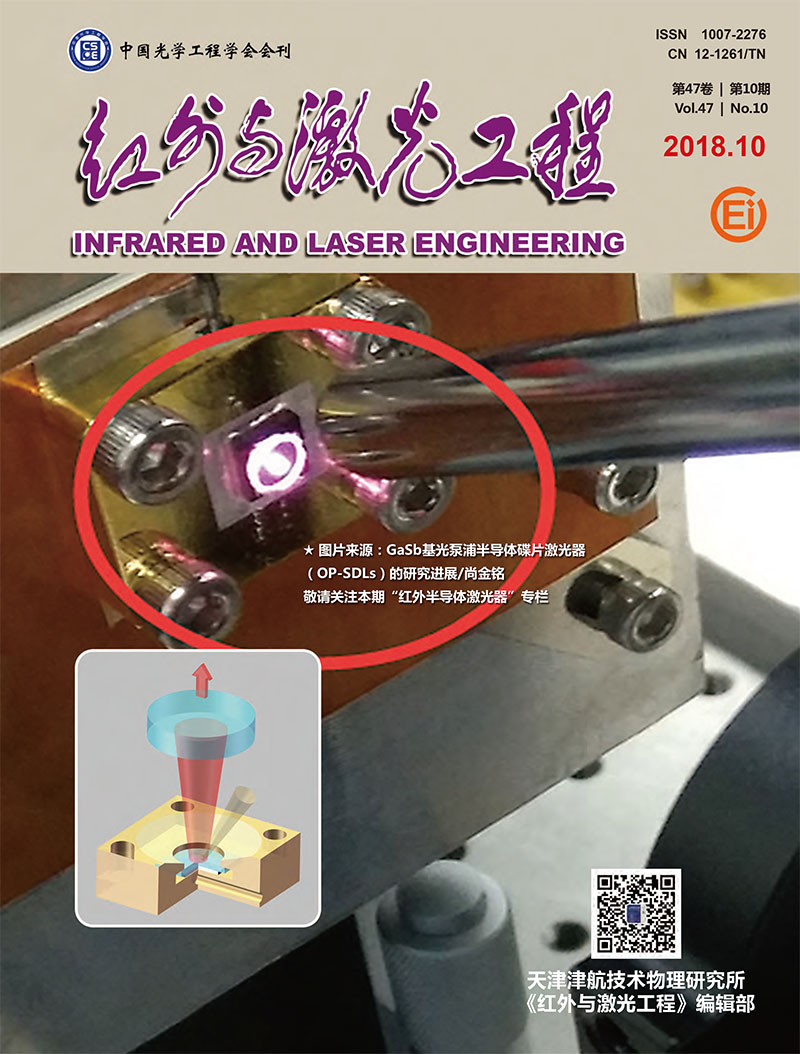|
[1]
|
Zhang Ming, Zhu Shaoling, Gao Fei, et al. Breast cancer oxyhemoglobin surface enhanced Raman spectroscopy[J]. Infrared and Laser Engineering, 2017, 46(4):0433001. (in Chinese) |
|
[2]
|
Liu Cuiling, Zhao Qi, Sun Xiaorong, et al. QuEChERS-Raman spectroscopy method for detecting imidacloprid residue in cucumbers[J]. Infrared and Laser Engineering, 2017, 46(11):1123002. (in Chinese) |
|
[3]
|
Giancarlo Fini. Applications of Raman spectroscopy to pharmacy[J]. J Raman Spectrosc, 2004, 35:335-337. |
|
[4]
|
Wu Bin, Chen Kunfeng, Wang Hengfei, et al. Effect of ethanol molecules on change of water hydrogen bonding with laser Raman spectra[J]. Infrared and Laser Engineering, 2013, 42(11):2951-2956. (in Chinese) |
|
[5]
|
Esam M A Ali, Howell G M Edwards, Ian J Scowen. In-situ detection of single particles of explosive on clothing with confocal Raman microscopy[J]. Talanta, 2009, 78:1201-1203. |
|
[6]
|
Nancy T Kawai, Kevin M Spencer. Raman spectroscopy for homeland defense applications[J]. Raman Technology For Today's Spectroscopists, 2004(6):54-58. |
|
[7]
|
Carter J C, Angel S M, Lawrence-Snyder M, et al. Standoff detection of high explosive materials at 50 meters in ambient light conditions using a small Raman instrument[J]. Appl Spectrosc, 2005, 59:769-775. |
|
[8]
|
Marrocchesi P S, Bagliesi M G, Basti A, et al. Photon counting with a FDIRC Cherenkov prototype readout by SiPM arrays[J]. Nuclear Instruments and Methods in Physics Research Section A, 2017, 845:447-451. |
|
[9]
|
Wei Qingyang, Ma Tianyu, Xu Tianpeng, et al. Evaluation of signal energy calculation methods for a light-sharing SiPM-based PET detector[J]. Nuclear Instruments and Methods in Physics Research Section A, 2017, 848:81-86. |
|
[10]
|
Dolenec R, Korpar S, Krizan P, et al. Ultrafast detection in particle physics and positron emission tomography using SiPMs[J]. Nuclear Instruments and Methods in Physics Research Section A, 2017, 876:257-259. |
|
[11]
|
Akiba M, Inagaki K, Tsujino K. Photon number resolving SiPM detector with 1 GHz count rate[J]. Optical Express, 2012, 20(3):2779-2788. |
|
[12]
|
Zhang G Q, Hu X B, Yang R, et al. Fast identification of trace substance by single-photon detection of characteristic Raman scatterings with gated coincidence technique and multipixel photon counters[J]. Applied Optics, 2010, 49(14):2601-2605. |
|
[13]
|
Zhang Chunling, Li Zhe, Wu Zhenglong, et al. Study of surface enhanced Raman scattering of trace trinitrotoluene based on silver colloid nanoparticles[J]. Spectroscopy and Spectral Analysis, 2012, 32(3):686-690. (in Chinese) |
|
[14]
|
Keson M , Nordberg M, Ehlerding A, et al. Picosecond laser pulses improves sensitivity in standoff explosive detection[C]//Proceedings of SPIE, 2011, 8017:80171C. |









 DownLoad:
DownLoad: